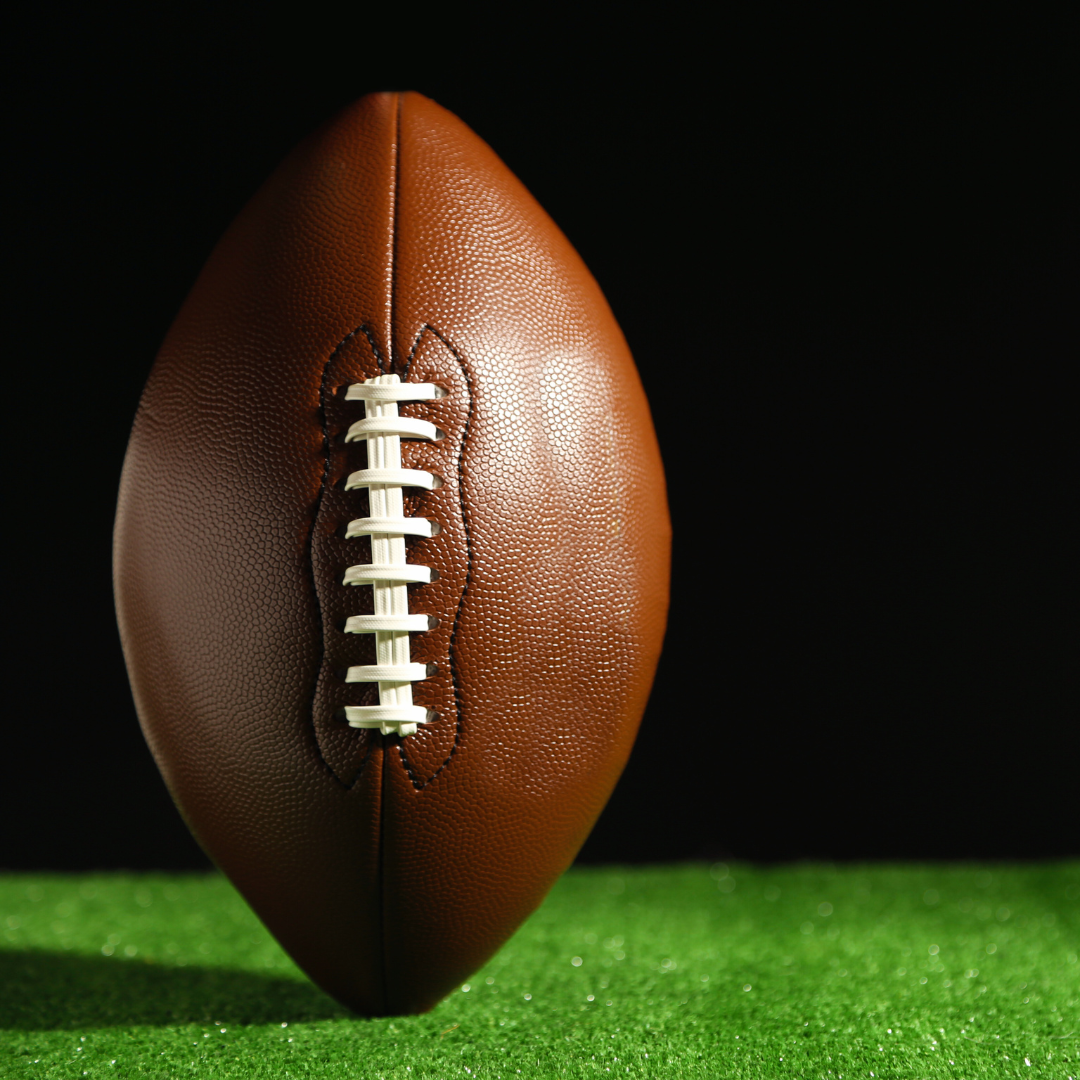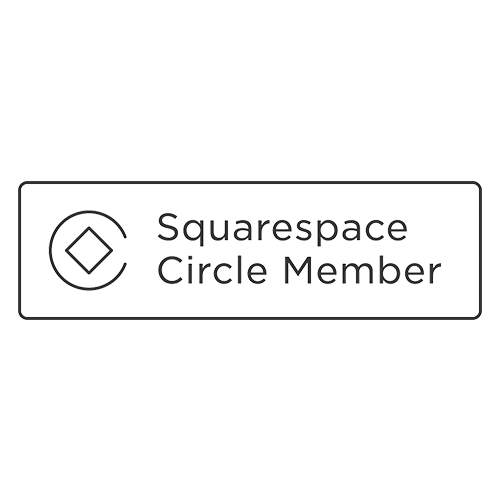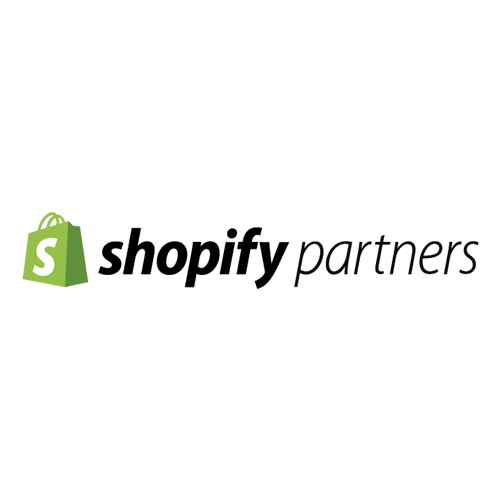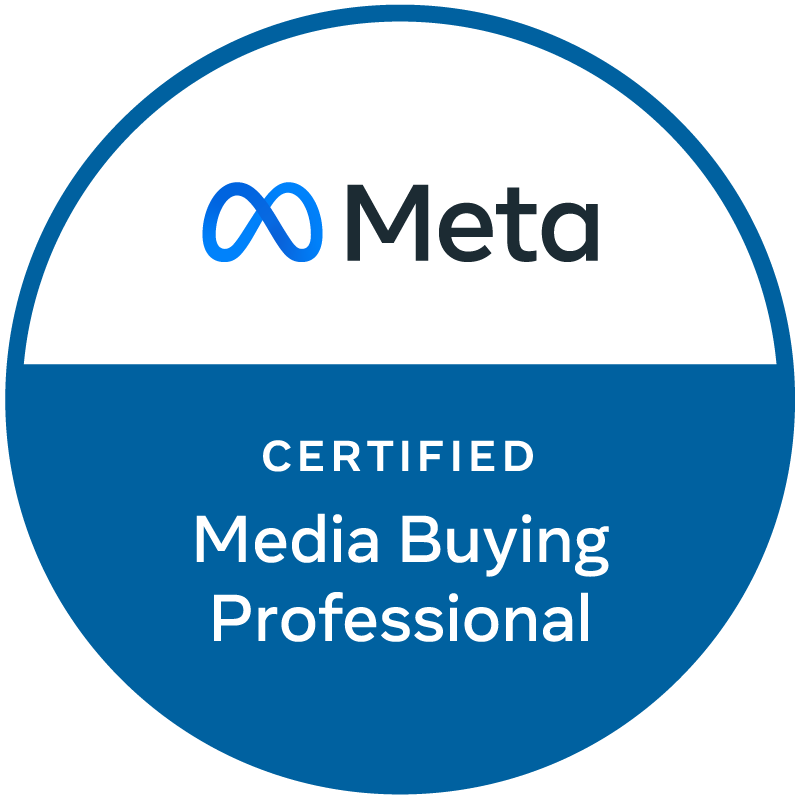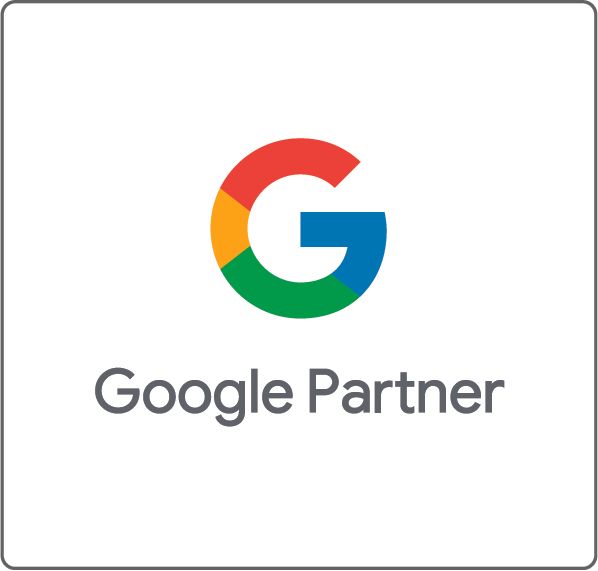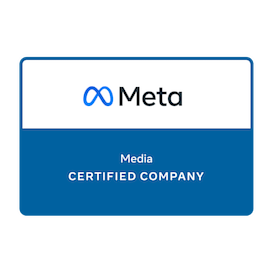The Shoppe - Clubhouse’s Competition, COVID19's Influence on Snacking, TikTok Advertising, & More!
Welcome back to The Shoppe! This week we’re talking about Clubhouse’s competition, how COVID-19 has influenced a snacking boom, advertising on TikTok, and more! Don’t forget to subscribe so you can be notified every time we post!
The audio social app, Clubhouse, raced up the download charts earlier this year but has since faced a slowdown in adoption. Part of this is due to the fact that the app is invite-only, which limits the number of users who are allowed access, while the other reason could potentially be due to the lack of an Android option. However, the Android app is currently a key strategic focus for Clubhouse and is currently progressing in an effort to provide a new range of potential user access to the app. Meanwhile, competitors such as Twitter, Facebook, LinkedIn, and Reddit are beginning to develop their own audio social options. Just last week Facebook launched an entirely new app called ‘Hotline’ that looks to build upon the Clubhouse experience. These competitors are increasing the pressure for Clubhouse to hasten its development timeline which could lead to issues down the line, yet, there is a need to expand quickly if the app wants to keep up. It will be interesting to see if Clubhouse remains competitive as the big tech companies seek to capture their audience and beat Clubhouse at its own game!
According to a
Coca-Cola report, 73% of Gen Z and Millenials admitted to snacking more than ever at home during the pandemic with Gen X and Boomers not far behind. Big brands are shifting to satisfy this growing demand for cookies, chips, and beverages as Americans admit they will do whatever it takes to get a snack including walking over a mile for their favorite sweet or salty snack. A
PepsiCo Frito-Lay survey revealed a surge in snacking during Super Bowl 2021 where 40% of Americans reported they planned to snack more than they had during Super Bowl 2020. To meet this demand, Frito-Lay shipped over 70 million pounds of snacks during the week prior to the big game. Major snack brands such as PepsiCo, Coca-Cola, General Mills, Kellogg, along with others are making note of this surge in snacking and are using celebrities to boost consumer interest in their products. An example of this would be the launch of PepsiCo’s “spiciest chip yet,” the Tostitos Habanero this past March. Comedian Kate McKinnon and actor Dan Levy helped promote the new snack product by starring in a commercial. Similarly, Lady Gaga-inspired Oreos were one of 2021’s first major brand-celebrity collaborations followed by the company’s release of new flavors such as Java Chip, Brookie-O’s, and others. According to CMO of Placer.ai (a foot traffic intelligence platform), Ethan Chernofsky, top grocers such as Publix, Kroger, and Trader Joe’s are trending in the right direction and could be heading into a period of unique strength while grocer stocks are up more than 20%.
Video continues to be a powerful tool which allows the connection and engagement with consumers. As the majority of brands move their offers online, there’s no surprise that consumer habits are changing as well, so the question is if video is still influencing purchase decisions or not. To help answer this question, the team at Animoto surveyed 580 consumers to gain some insight. 93% of these consumers reported that video is helpful when purchasing a product and Facebook, Instagram, and YouTube are the top three platforms that consumers use to find new products and/or services. Additionally, consumers said that they preferred video rather than reading about a product or looking at photos when learning about a new product or service. With this being said, before posting the same video on every platform for your business, consider how your audience may differ by platform. For instance, short and vertical content excels on Stories while YouTube favors long-form and landscape videos. For more tips on how your business can stand out using video on social platforms, check out Animoto’s infographic!
As TikTok continues its trajectory to become the next billion-user platform, more and more marketers are considering the app as an opportunity to expand their promotional efforts. Kantar conducted a study as to how ads on TikTok are perceived compared to other platforms. The market research company interviewed more than 25,000 participants across 20 different countries in order to gather insights regarding TikTok ad effectiveness. Their findings were as follows:
- Ads on TikTok are 'inspiring'
- Ads on TikTok are trend-setting
- Enjoyment and optimism is key
- TikTok ads grab attention
- TikTok users view ads more favorably
By combining each of these attributes, ads on TikTok presented a 10% better ad receptivity, on average, in comparison to other platforms. Ads on TikTok have found ways to authentically and natively become a part of the TikTok community and experience. It’s important to remember that much of this also comes down to the approach and how one presents their in-stream promotions. However, there is a strong opportunity to connect with audiences with your brand messaging and become part of the app’s culture! Click
here to read more about TikTok ad effectiveness.
Never miss an update from “The Shoppe,” sign up for our email list today!
Subscribe
Sign up with your email address to receive news and updates.
Subscribe
We will get back to you as soon as possible.
Please try again later.
We respect your privacy.

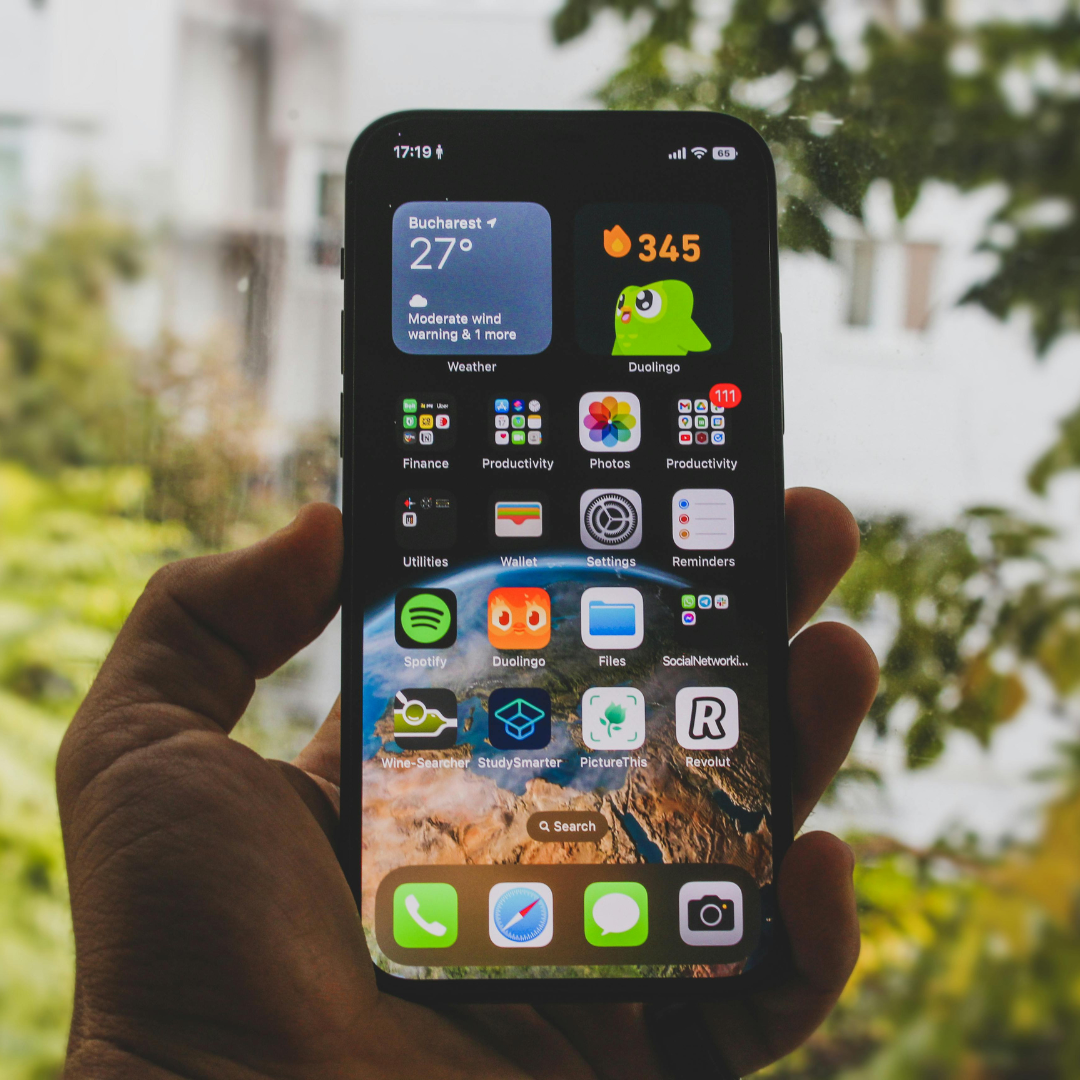
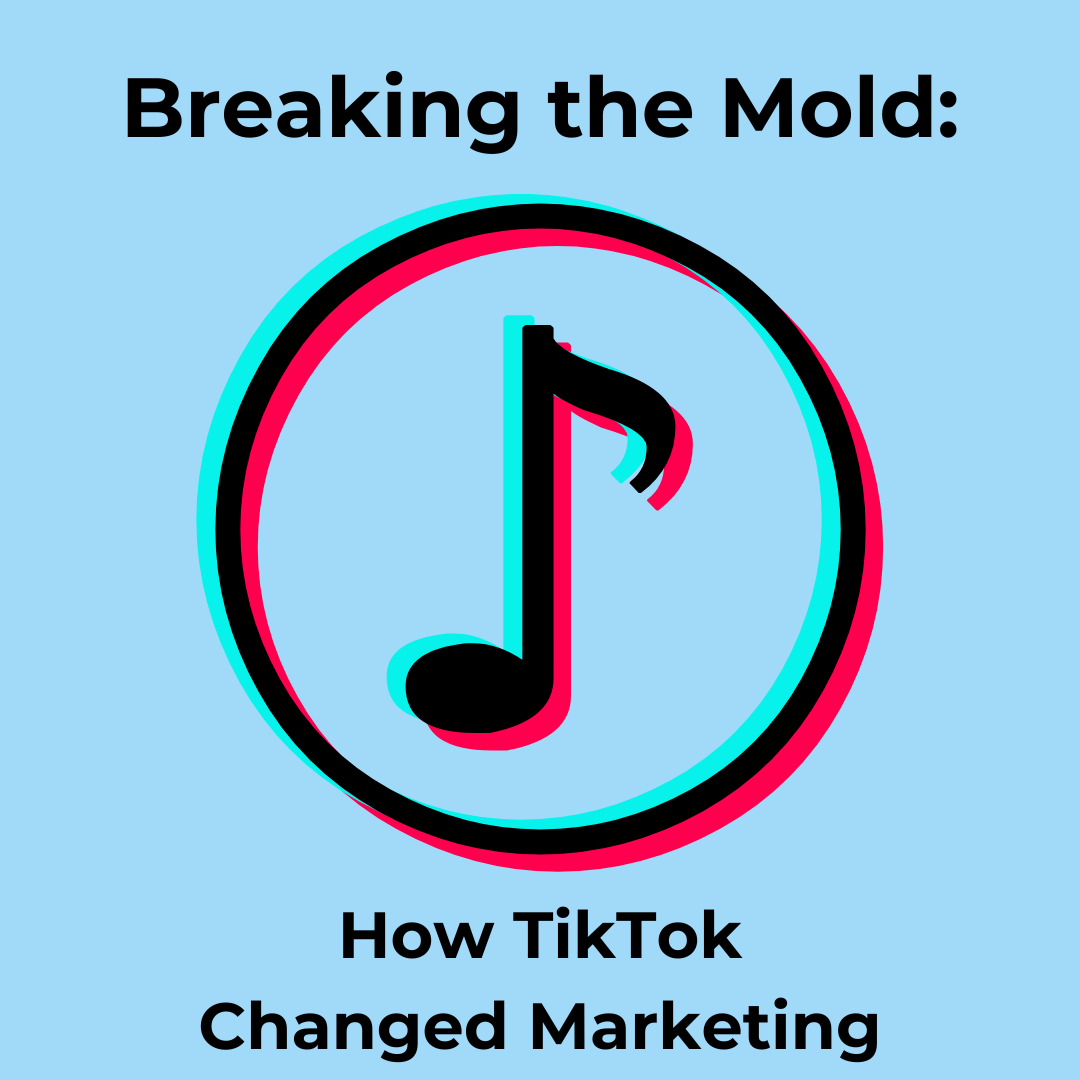

Address
4 Corporate Drive,
Clifton Park, NY 12065
Shopper and Marketing Insights to Your Inbox!
Sign up with your email address to receive updates and insights from the SparkShoppe team!
Newsletter footer
We will get back to you as soon as possible.
Please try again later.
We support your right to privacy and therefore will not disclose your personal data to other organizations, third party vendors, suppliers or marketers.
© 2024 All Rights Reserved | Privacy Policy | Accessibility Statement

